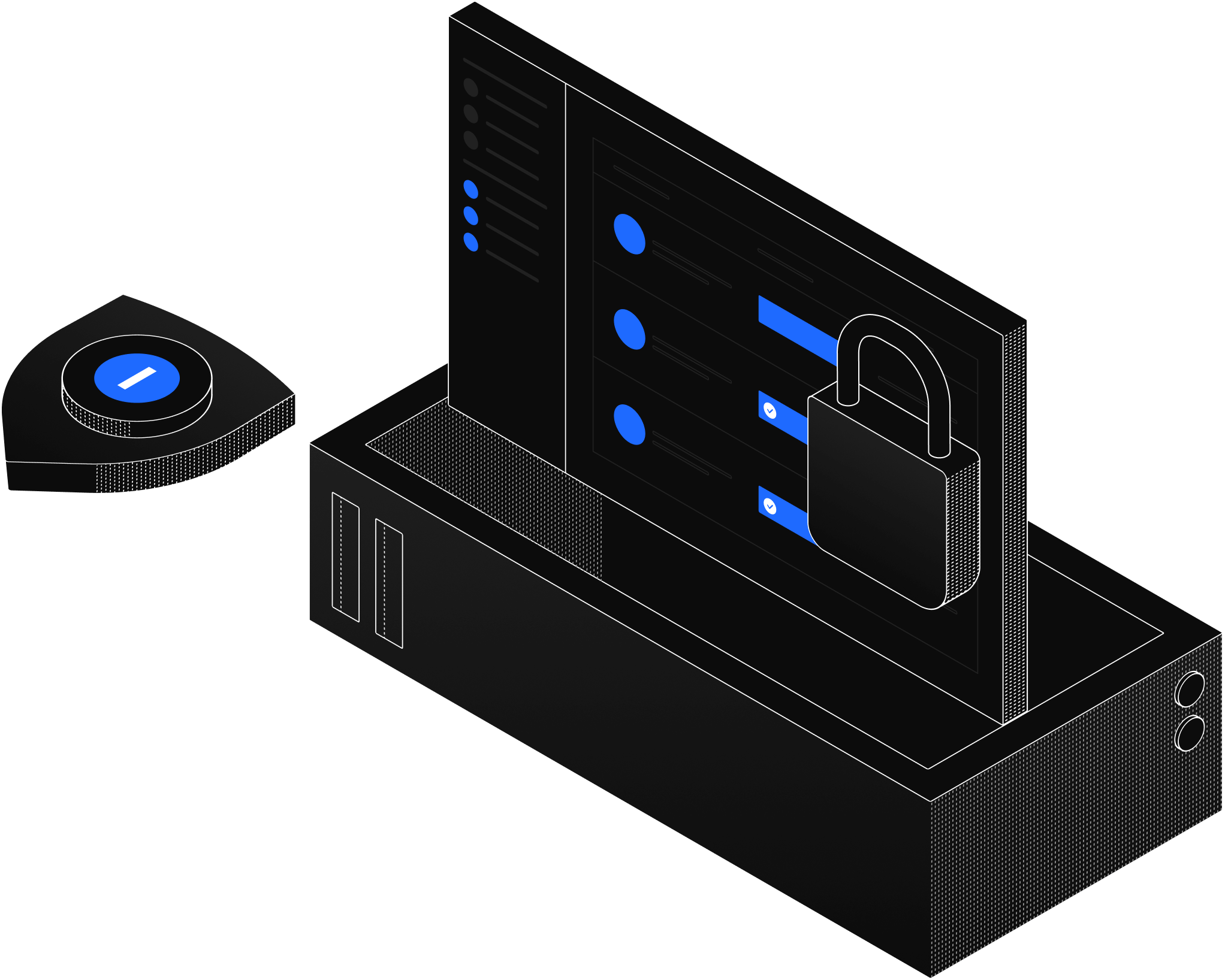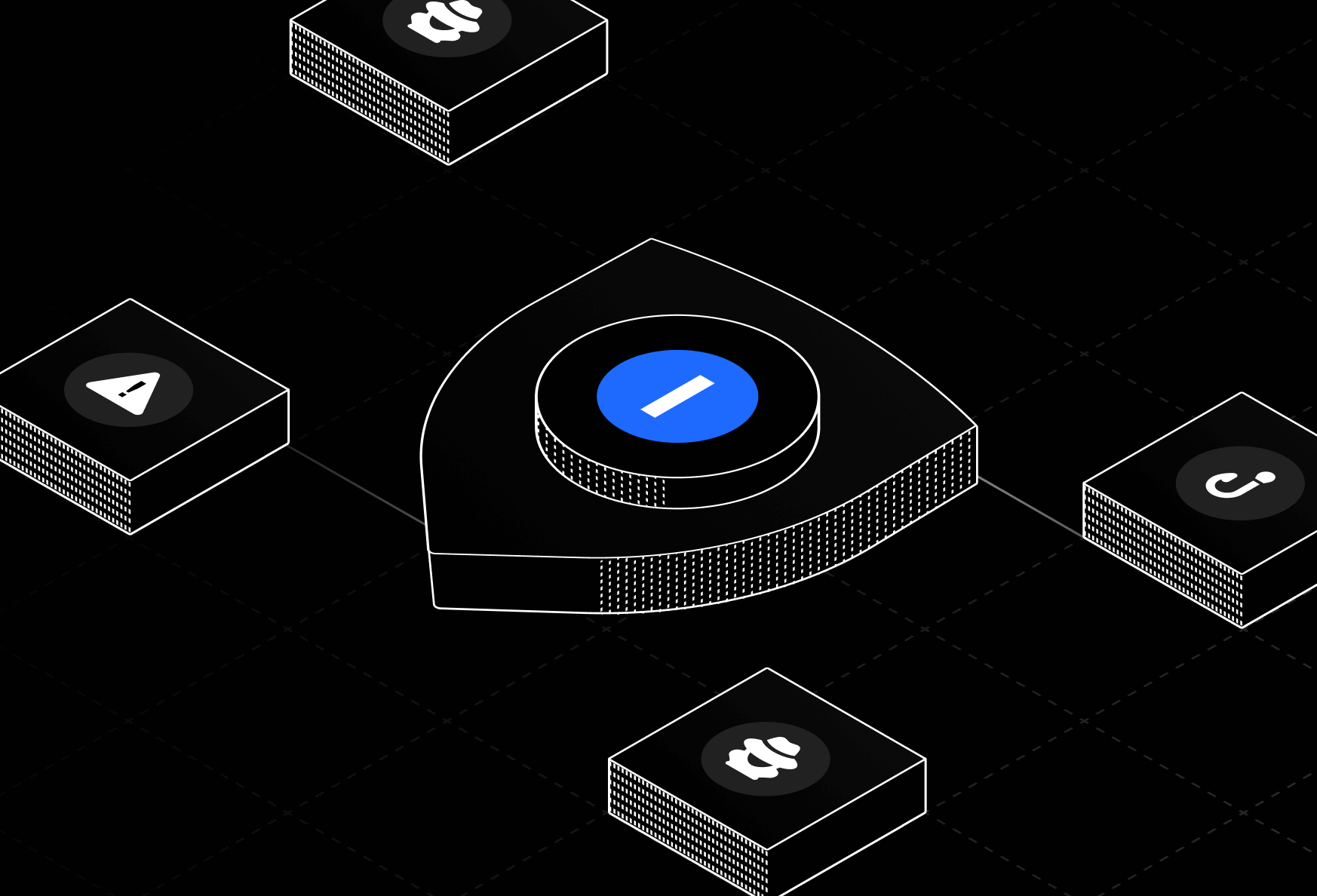Why Hosted Payment Pages Still Need Merchant-Side Security
Using a hosted payment page doesn’t make your checkout immune to attack. Discover why merchants remain responsible for client-side security — and how to prove control under PCI DSS v4.

Many retailers assume that if their payment process is handled by a hosted provider — like Stripe, Shopify, or Adyen — their checkout is automatically secure.
After all, customer data never technically touches their own servers.
But that assumption has led to thousands of undetected breaches.
Because while hosted payments protect what happens after checkout, they don’t protect what happens around it.
The Illusion of Outsourced Responsibility
Hosted payment pages were designed to simplify compliance.
By offloading card entry and data handling to a PCI-compliant provider, merchants avoid many of the complexities of secure payment processing.
But under PCI DSS v4.0.1, that offload only goes so far.
The merchant is still responsible for everything the customer’s browser loads, executes, and displays before and during the transaction — including all the scripts, images, and third-party integrations that sit alongside the hosted frame.
If any of those elements are compromised, attackers can still intercept customer data or trick users into revealing credentials.
Real-World Examples of “Around-the-Frame” Attacks
In recent years, several high-profile breaches have shown just how dangerous this blind spot can be:
- Ticketmaster (2018): A third-party chatbot script injected malicious JavaScript that skimmed payment details directly from the page — despite using a hosted payment solution.
- British Airways (2018): A tiny script modification within a legitimate tag harvested over 380,000 customer records.
- Numerous Shopify plug-in compromises: Attackers have exploited compromised analytics or marketing plug-ins to inject rogue code that sits adjacent to hosted payment frames.
In each case, the merchant’s hosted provider was secure.
The vulnerability was in the surrounding ecosystem — the scripts the merchant themselves controlled.

What PCI DSS v4.0.1 Actually Says
The updated PCI standard is crystal clear:
“The merchant must confirm that their e-commerce environment is not susceptible to attacks from scripts that could affect the merchant’s e-commerce system(s).”
That includes pages containing or embedding hosted payment forms.
So while the payment provider secures their domain, you must prove that nothing in your domain could compromise that environment.
In other words:
You’re responsible for the browser experience — not just the backend.
Common Merchant-Side Weak Points
Even well-run retailers often have hidden risks in their checkout environment:
- Third-party marketing or analytics scripts that update automatically.
- Tag manager containers with open edit access.
- Dynamic content injections from chat tools, reviews, or recommendation widgets.
- Misconfigured Content-Security-Policy (CSP) headers allowing unknown domains.
- Unmonitored file changes to checkout templates.
Attackers exploit these gaps because they’re outside traditional server-side monitoring.
The Visibility Problem
Most merchants can’t easily answer two key questions:
- Exactly which scripts run on my checkout page right now?
- Would I know if that list changed overnight?
Without browser-level visibility, the answer is usually “no.”
That’s why so many script-based breaches go unnoticed for weeks or months — until customer complaints or regulators bring them to light.
How Checkout Audit Proves Merchant-Side Control
Checkout Audit was built to close this visibility gap for merchants using hosted or hybrid payment setups.
- Captures a full external snapshot of your checkout journey, including hosted frames.
- Lists every script and external domain loaded by the browser.
- Alerts you instantly if a new or modified script appears.
- Provides timestamped audit logs accepted by PCI assessors.
- Requires no code installation — setup takes minutes.
That means you can show auditors (and your board) continuous, verifiable proof that your checkout environment remains clean and compliant — even when payments are hosted elsewhere.
Shared Responsibility, Proven Security
Hosted payment providers protect what’s inside their frame.
Checkout Audit protects everything around it.
Together, they create true end-to-end trust:
- The provider keeps payment data safe.
- You prove your page can’t be weaponised.
Because compliance doesn’t stop at the iframe border — and neither should your security.
Run your first audit today and prove that your hosted checkout is truly secure.
Own your checkout. Pass your audit.
Simple proof, steady monitoring, fewer surprises.



